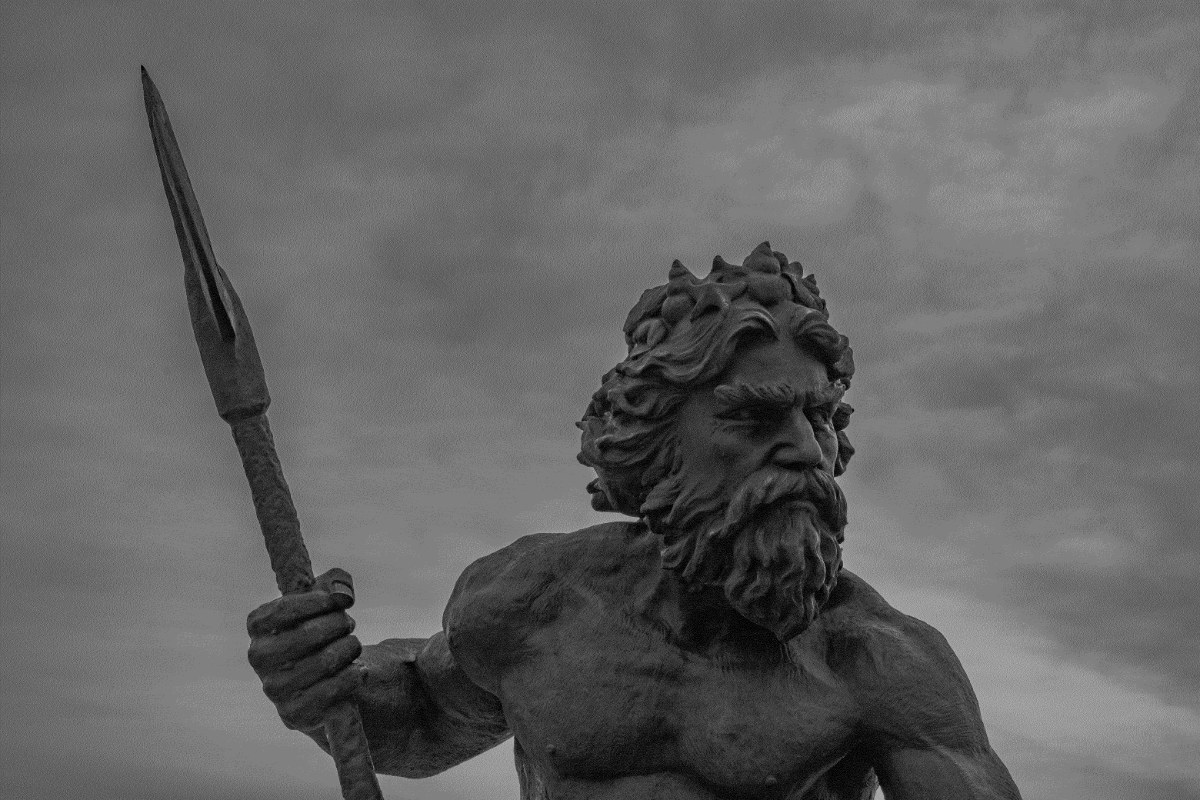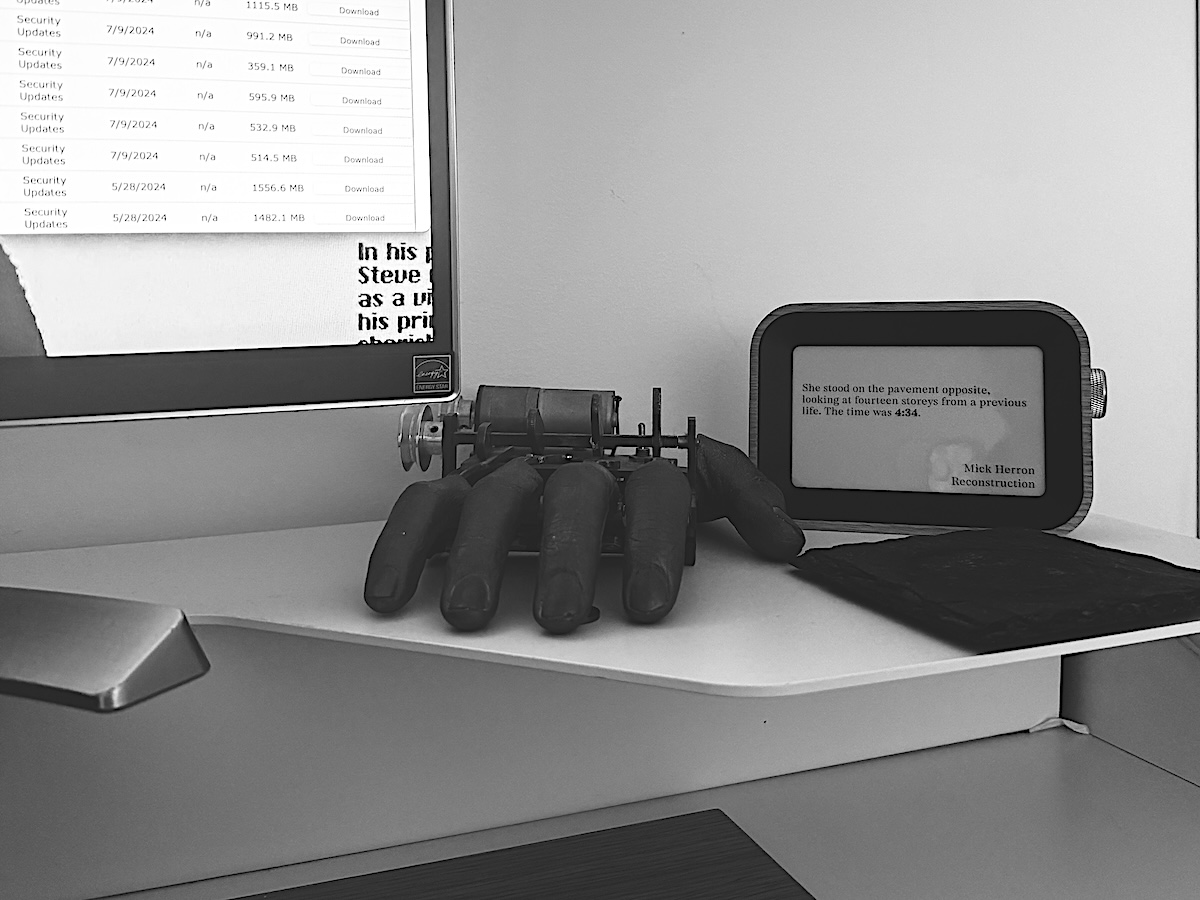Imagine this: you (in this case, me) are a technology maestro, seamlessly blending the strategic foresight of a CIO with the innovative spark of a CTO. (note: ChatGPT wrote that intro for me, no way would I sell myself that hard).
You’re not tied to one company but instead orchestrate tech transformations across multiple businesses, all while sipping your morning coffee. Welcome to the life of a fractional CTO/CIO, where every day is a balancing act of brilliance, bandwidth, and business strategy.
Curious what a day in this dual-role world looks like?
The Early Morning Sync
The day begins early. Before the sun’s fully up, I’m scanning through emails and Teams messages – Time zones don’t wait.
Much to the chagrin of my doctor and optician, your phone is typically attached to my eyes within 15 minutes of waking up. Why? Well I have customers in three different timezones, one of which is 9 hours behind me. The first hour of the day gives me a chance to sync with the other execs of US-based (west coast) customers. After all, nothing says “good morning” like troubleshooting a cloud integration issue.
Today I woke up to a “no-one can navigate the website!”, “Our COO needs to know the basics of New Product Development” and “Can you join a call tomorrow at 9:30pm? Need to know by 7am your time”
Caffeine and Catch-Up
With a steaming cup of coffee in hand, it’s time to review the day’s agenda. I might have back-to-back calls with startup founders, an established enterprise’s board meeting, and a vendor negotiation all before lunch. The key is prioritization—knowing which fires to extinguish and which to let simmer (without letting them burn down the house). Make no mistake, there are usually fires, and where there aren’t you spend your time reviewing everything to try to pre-empt the next one.
Strategic Session #1 – Visionary CTO Hat On
First up, a virtual meeting with a consulting startup. They need a product roadmap to scale their new SaaS offering. I dive into discussions about the latest AI trends, cybersecurity protocols, and which emerging technologies could give them a competitive edge. My goal? To align their tech strategy with their business objectives, ensuring they don’t just keep up with the industry—they lead it.
I listen (in all honesty, likely not as much as I should), advise, and sometimes (gently) steer them away from chasing the latest shiny toy that might not deliver value. It’s all about balancing innovation with practicality.
The CIO Shift – Balancing Budgets and Business Goals
Next, I switch gears to your CIO role. An established mid-sized company is trying to optimize its IT costs. I delve into their current systems, analyzing inefficiencies, and looking for cost-saving opportunities without compromising performance.
I present them with a plan to simplify move part of their sales operations, enabling them to reduce their CRM spend 10x. The leadership needs assurance that this will pay off in the long run, so you explain the ROI in clear, non-tech jargon that resonates with the COO, sales lead and CFO.
Lunch Break (Or Not)
Historically 11-12 was my sacred running time, but a blown meniscus put paid to that. I could actually very often get calls done while I ran. Running clears my head and , possibly more importantly, keeps my mouth shut so I listen better. Nowadays it’s functional training and a quick lunch while reviewing an urgent report or attending a webinar on the latest in cybersecurity technology. The pace is fast, but the variety keeps it interesting.
Tech Team Triage
Afternoon’s are hardest. All clients are online, so you never know which way thing will go. This is typically when meetings start to get stacked up, for example with a product engineering team. They’ve hit a snag in a product development cycle, and it’s my job to get them back on track. I conduct a quick code review, identify the bottleneck, and suggest a few optimizations if I can. More often than not, just the act of talking through the problem bring the solution from the developer or architect. I believe in servant leadership, so giving the answers is rarely as beneficial as helping them achieve the answer themselves. Sometimes, it’s as simple as introducing a new tool or tweaking their DevOps process. Other times, it’s about motivating the team, reminding them of the bigger picture, and pushing through the inevitable frustrations that come with innovation. Yes, even a fractional CTO cares about the big picture and the long term.
Vendor Negotiations – The CIO Hat Returns
Now it’s back to CIO duties. I’m negotiating with the CRM vendor on behalf of a client mentioned above. I’ve done my homework, know the market rates, and understand the client’s needs inside and out. My goal is to secure the best deal possible—ensuring the client gets premium services without a premium price tag. After some back and forth, I managed to shave 15% off the initial quote, plus add a few extra features. Another win for the client, and another reason they’re glad they brought me on board.
Strategy Session #2 – Future-Proofing Businesses
As the day winds down, I have one last meeting—this time with the leadership team of a growing e-commerce company. They’re concerned about scaling their IT systems to handle increased traffic during peak seasons. I walk them through a phased approach to scaling, ensuring they have the infrastructure to support growth without overspending.
I also bring in my CTO perspective, discussing how to future-proof their tech stack, so as not to cut off their nose to spite their face. It’s not just about solving today’s problems but anticipating tomorrow’s challenges.
Wrapping Up and Planning Ahead
The day ends much as it began—with a final check of emails and messages. I follow up on any loose ends, ensuring nothing critical slips through the cracks. Tomorrow’s schedule looks surprisingly open, so I spend a few minutes prioritizing tasks and setting goals, such as writing this blog post.
Unplugging (Sort Of)
I try to unplug most evenings, and typically I manage it. Unfortunately today one of my US-based clients has asked me to sit in on a discussion with a potential strategic partner, so this brings one last 9:30pm video call. It is actually a good call and quite energising, which creates a whole slew of other problems, seeing as it’s now 11pm and time for bed…
As you reflect on the day, you realize that being a fractional CTO and CIO isn’t just about juggling tasks—it’s about making impactful decisions that drive businesses forward. You might not have a traditional 9-to-5, but that’s the beauty of it. Every day brings new challenges, new industries, and new opportunities to make a difference.
The Real Challenge
In all honesty, the thinkg I find most challenging is when I have to travel for a given client. Being unreachable for hours on end (European flights typically have no wifi) and even in the world of “doing it all on your phone” train/plane/bus/car make that difficult.
I have been a remote-first CTO/CIO/COO for the past 10 years now and I am very atuned to the flexibility it brings, but 100% remote doesn’t really exist as it is very hard to keep all your customer 100% remote all of the time.
That being said, personal connections are important and real face time is a boon for productivity.




